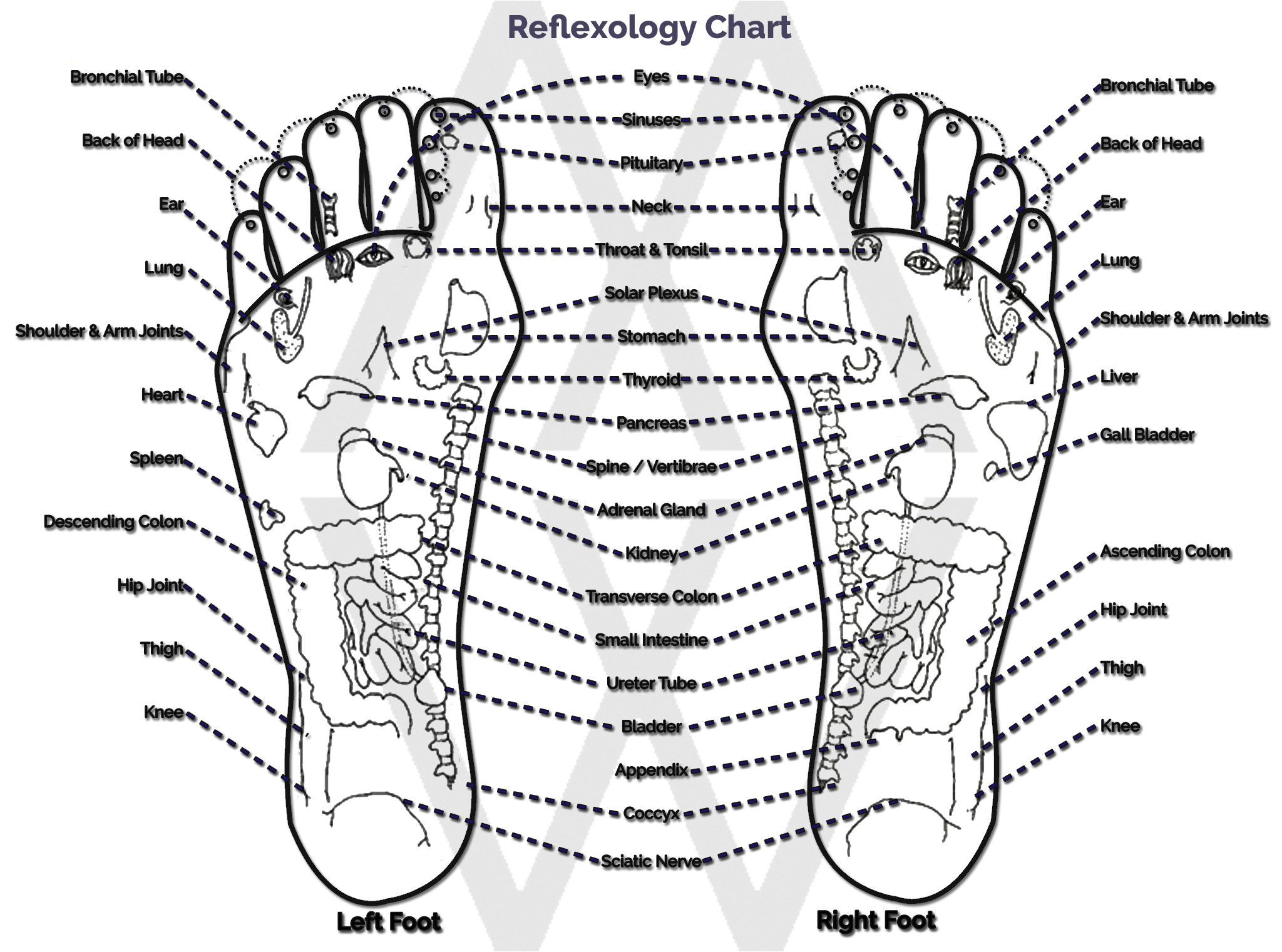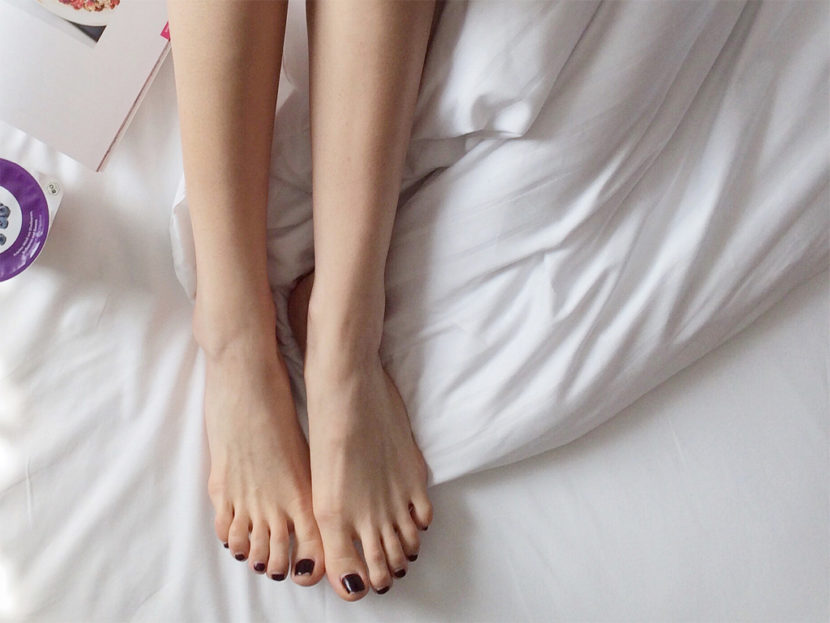What is Reflexology:
“Reflexology is a science that deals with the principle belief that there are reflex areas in the feet and hands that correspond to the all the glands, organs, and parts of the body. By using a unique and practiced method with your thumb and fingers to stimulate the feet or hands, change can be brought in those parts and systems in the body.
Reflexology is most common in:
- 1) relieving tension and stress
- 2) improve blood supply and promote the unblocking of nerve impulses
- 3) help nature achieve homeostasis.
Dwight C. Byers “Better Health with Foot Reflexology

The Ingham Method refers to the practiced technique and use of thumbs to stimulate the organs, glands and body without the use of tools. It utilizes Zone Therapy as well as a foot map developed by Eunice Ingham after years of research.
For example: if you were suffering from seasonal allergies and congestion, after a health intake with your reflexologist, they would treat both feet and then focus in on areas of your feet that correspond to your sinuses, eyes and ears, chest and lungs, adrenal glands, diaphragm and ileocecal valve.
Some helpful tip to get the most out your reflexology experience:
- Go more than once- change doesn’t happen overnight!
- When scheduling your reflexology session, ask the therapist/front desk what method of reflexology they practice. A knowledgable therapist/staff would be happy to tell you. If they don’t know what it is, then they may not know what they’re doing.
- Stay hydrated before and after a reflexology treatment to rid your body of toxins that can be released as you are breaking up congestion in your body, similar to after you receive a massage treatment.



13 thoughts on “Reflexology”
Comments are closed.